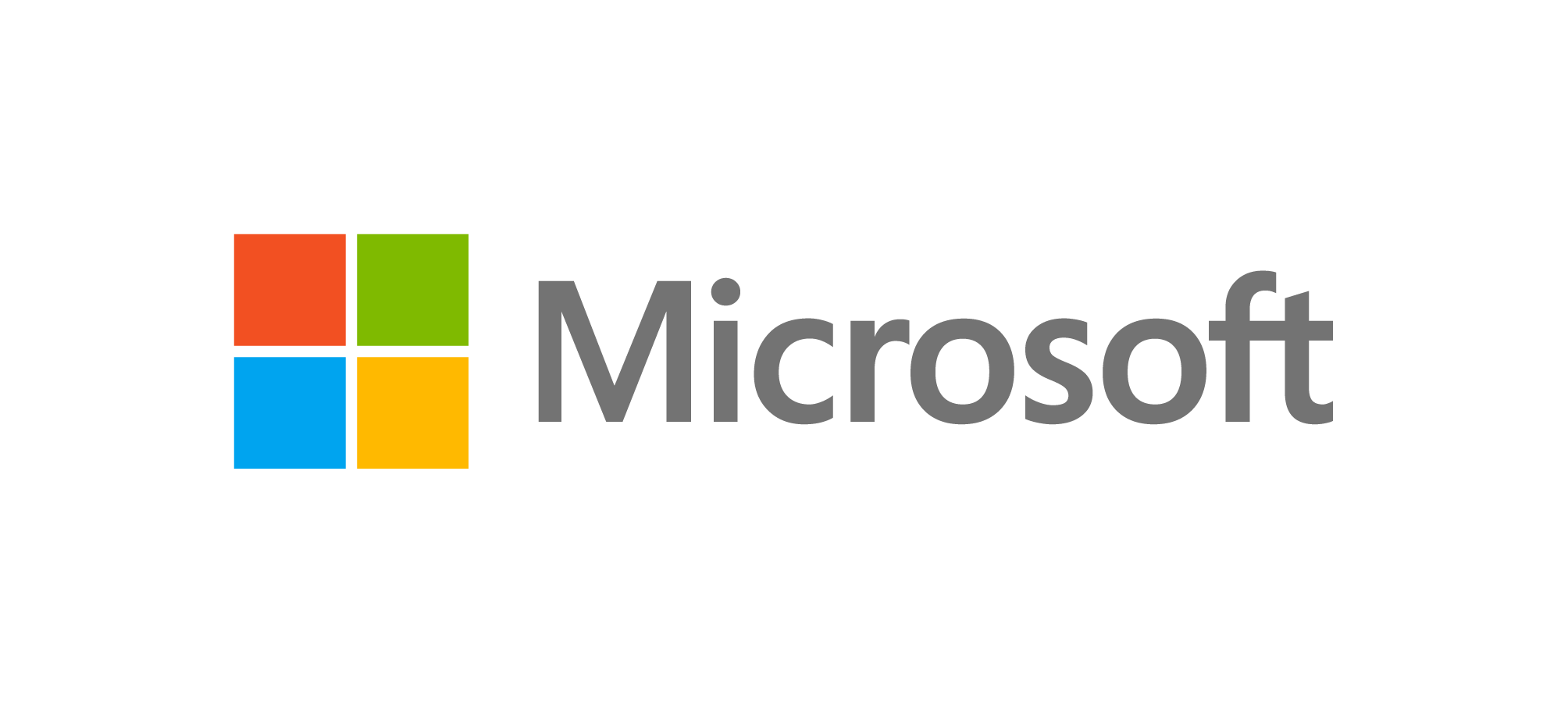Power up. From supercharging employee productivity and streamlining processes to inspiring innovation, Microsoft’s AI is designed to help you build the next big thing. No matter where you're starting, push what's possible and build your way with Azure's industry-leading AI. Check it out.
As any business journalist or analyst might tell you, quarterly earnings reports can be a slog. The hour-long earnings calls tend to contain maybe a few key insights into how a business is performing, often buried among a slew of obligatory disclosures and self-congratulatory tangents.
For years, news companies and investment research firms have tried to condense these calls into neat briefs using rote automation tools. But without much advanced AI to guide them, these summaries tended to read a little, well, robotically—they were limited and formulaic in how they presented information.
Bloomberg’s new summarization tool for its Terminal users aims to improve on some of these efforts with the power of large language models (LLMs). The system will “enable users to decipher complex financial information” and zero in on key insights across topics of interest to analysts, according to a press release.
It’s designed to help research analysts who use Bloomberg Terminal more easily navigate the information and, ideally, save time on reading long transcripts. The financial news and research company rolled out the tool in January, just in time for 2024’s first earnings season.
While the tool is billed as a summarizer, it’s more focused in practice on highlighting information and guiding analysts to relevant parts of call transcripts that back up that information, according to Bloomberg’s global head of research for listed core services product, Andrew Skala. He said the approach is an effort to help eliminate the possibility of so-called hallucinations, which could be costly in a high-stakes business like financial services.
“We use the term summarization, but I look at it slightly differently,” Skala said. “What’s different is we only put the summaries next to the transcripts, and we’re using them as a way for clients to dive deeper into the document themselves.”
Asked and answered
The tool is built on top of an undisclosed foundational model that is fine-tuned on “contexts that are very similar to company financials and earnings,” according to Bloomberg’s head of AI engineering, Anju Kambadur. Bloomberg also asked its own research analysts to pose questions about existing earnings transcripts and then answer with their own summaries in order to provide training data for the system. Those questions also help to guide the topics that the AI homes in on.
Kambadur said that process was designed to yield a system that can provide nitty-gritty details while remaining as factual as possible.
“It is certainly slightly easier to do if the question is about a number, like ‘What was the revenue?’ That is table stakes these days,” Kambadur said.
But answering less-straightforward questions can be trickier, he said. In those cases, the system will direct readers to a relevant portion of the transcript.
“This is why we attribute back because we do our best to say, ‘Guys, this is where the answer is found. This is the key question. Here is our quick read on the answer. But please go look at it yourself,’” he added. “I feel like that’s the right thing to do, given what the current technology can do.”
Bloomberg
Smart summarizing
Bloomberg isn’t alone in seeing generative AI as a potentially useful way to parse the large tracts of information that companies like investment houses and research firms deal in. Goldman Sachs and Morgan Stanley have also experimented with tasking AI to summarize complex financial documents.
Early last year, Bloomberg itself created BloombergGPT, a research and development project aimed at determining how AI could best fit into Bloomberg’s business flow, Kambadur said..
“We did this research project on BloombergGPT. A big motivation for that was to just understand, ‘What is this technology good at? What is it not yet good at?’” Kambadur said. “And right now where we are comfortable is building exactly the kind of products…where we can ground the answers, provide transparency, use retrieval to boost confidence, both for ourselves and for our clients.”
As for future generative AI efforts, Skala said Bloomberg is looking at many potential avenues, but the overarching goal is to help clients save time and do their job more easily.
“Our clients want to do better research and come up with more ideas,” Skala said. “And a lot of that is how do we leverage this technology to help them save time to reduce duplication to allow them to differentiate their own research process.”


